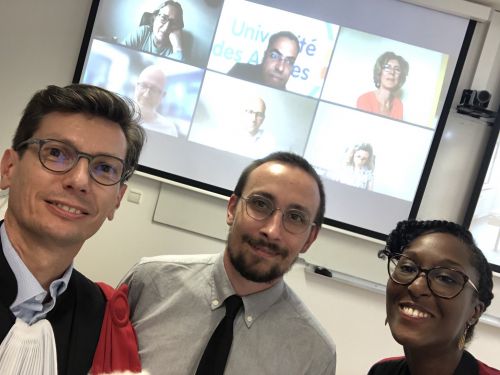Habilitation à diriger des recherches : Psychologie et Gestion du Travail Virtualisé

These are my blog posts related to my research activities.
This category includes my academic publications, opinion pieces on academia or open science, research methods tips... Although I do my best to avoid academese, their content is research-focused and sometimes hard to read. Therefore, these articles are mostly destined to an academic audience.


Research Publication, Work, Technology, Human Resources, Research
